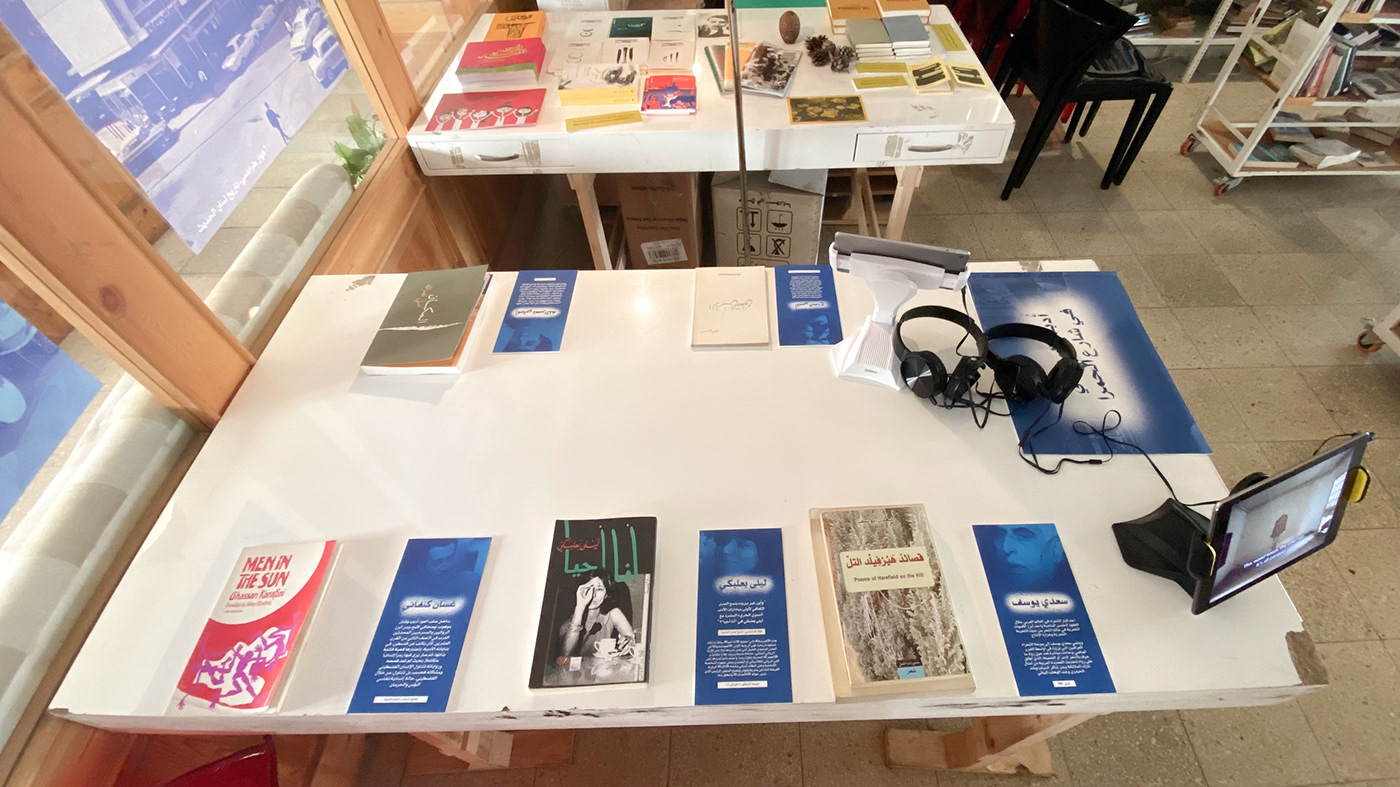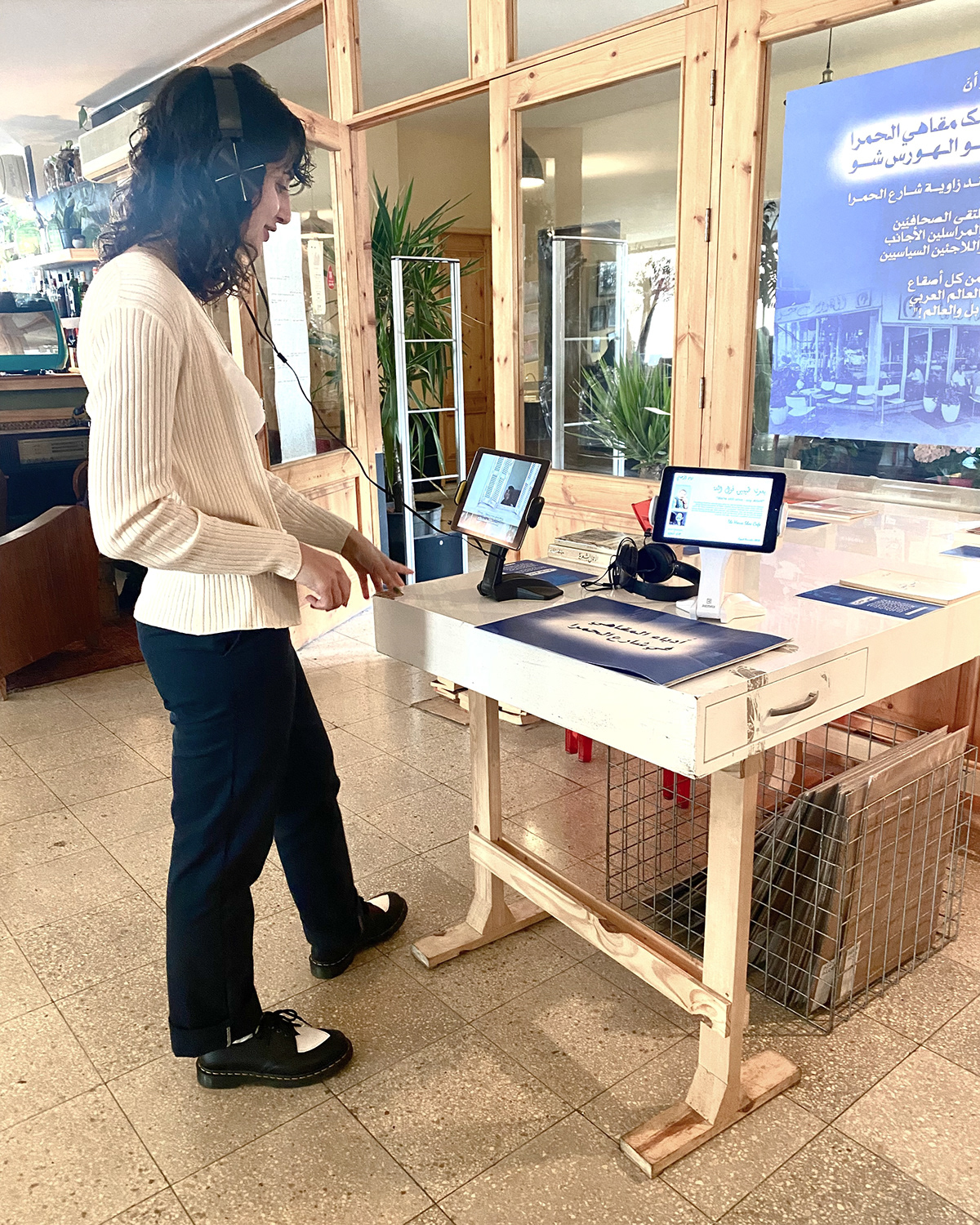Lebanon faced a surplus of cultural production during the 60s, which resulted in Beirut being the hub of Arab culture from art to literature, theater, journalism, and translation. According to Fawwaz Traboulsi, a Lebanese historian, this cultural surplus was caused by the growth of the cultural infrastructure in the nineteenth century which included an excess in educational presence which was made available for the working class. As well as the strong connection with Beirut as an economical liaison between foreign and Arab countries. Traboulsi says that Beirut was the heart of Arab journalism, where it distributed its newspaper to include the scope of the entire Arab world. Anyone who wanted to have their news reach a high audience would want to have a place in a Beiruti newspaper. This was also caused by the wide presence of freedom that made it possible to express variant political ideas beyond surveillance. Literature had a big share in that cultural scene as well. There was “Al-She’er” (Poetry) Magazine that was initiated by the Poet Youssef Al-Khal which was not only a magazine but also a workshop on pushing and reimagining poetry. Poets would gather every Thursday in one of Hamra Street’s Hotel with the most prominent of them: Adonis, Mohammad Al-Maghout, Shawki Abo Shakra, Ounsi El- Hajj, Fouad Rafqa.. and a lot more.
A major part of the cultural role of Beirut was centered in its cosmopolitan part surrounding the American university in Hamra Street. Hamra became the place for the culture of coffeeshops that conquered Beirut at that time. Intellects would gather in them to have their lively discussions and discourses. The most prominent of those coffeeshops was the “Horse-Shoe Cafe'', in the corner of Hamra street. According to Traboulsi, The Horse- Shoe was the hub for all of the journalists, foreign reports, and political refugees from all over the Arab world. However, like all things in Beirut, war came in to end this scene with all its inspirational creativity.


This vibrant cultural scene inspired my art intervention in “Barzakh”.
“Barzakh” is a library and coffeeshop, as well as a place that hosts variant art events from poetry to music and theater. The library contains more than twenty thousand books from different languages and times.
“Barzakh” is a library and coffeeshop, as well as a place that hosts variant art events from poetry to music and theater. The library contains more than twenty thousand books from different languages and times.


“Barzakh” held the book-signing of Alaa Abed Al-Fattah’s book, the Egyptian prisoner & political activist, who wrote his book from prison. The book-signing included readings from Alaa’s friends and family members.

“Barzakh” also held poetry readings of Syrian Poets Nour Al-Dukruli and Raefat Hikmat on poems covering immigration and the loss of home. It is a space that holds creativity and expression as an endeavor worth exploring beyond notions of surveillance and capital.

This pushed further to have the intervention in that space.
Because time always intersects and the past can’t be dead in its presence, “Barzakh” is located on the first floor of the same building of what was the “Horse-Shoe” Cafe. My art intervention came as a retrospection on the history of the space and the culture it held and is reviving. Introducing my generation to the literary figures of that scene and its history. Figures who weren’t given the deserved recognition among the younger audience. Giving a temporality of the space and the dimensions we didn’t know of.

*Picture from George Arbid Archive



My intervention included two posters, holding quotes of Fawwaz Traboulsi from his book “A History of Modern Lebanon”.


Right to Left:
“The king of Hamra’s coffeeshops was the Horse-Shoe Cafe, in the corner of Hamra Street, the gathering place of journalists and foreign reporters and political refugees from all over the Arab world, (not only) but the entire world as well!”.
“When Beirut is transformed into the “Arab Hanoi”, where the politicians and the exiled and activists and fighters along with hundreds of Arab intellects seeked refuge with all their variant colors and ideologies, running away from the oppression of regimes.”
“The king of Hamra’s coffeeshops was the Horse-Shoe Cafe, in the corner of Hamra Street, the gathering place of journalists and foreign reporters and political refugees from all over the Arab world, (not only) but the entire world as well!”.
“When Beirut is transformed into the “Arab Hanoi”, where the politicians and the exiled and activists and fighters along with hundreds of Arab intellects seeked refuge with all their variant colors and ideologies, running away from the oppression of regimes.”
The table facing the posters held small excerpts on the prominent literary figures of the Horse-Shoe cafe, from Saadi Youssef to Laila Baalbaki, Ounsi El-Hajj, Ghassan Kanafani, and Emelie Nasrallah. Along with some of their books. Highlighting figures that aren’t much recognized among the younger generations.







Along with the books, I’ve also incorporated a small booklet of images of the Horse-Shoe Cafe and its building from Assafir Archive along with more quotes from Traboulsi’s book of more names to be commemorated.


"In poetry as in the novel, there wasn't any account for the creative's "identity" whether Lebanese, Syrian, Palestinian, Iraqi and Egyptian: Youssef Habchi Al-Ashkar, Ghada Al-Samman, Fouad Kanaan, Toufiq Youssef Awwad, Ghassan Kanafani, Suheil Idress, Laila Baalbaki, Inaam Al- Jundi, and Emelie Nasrallah and a lot more."


"In the Corner of Abed Al-Aziz Street, there is the "Sheikh & Cousin" coffeeshop, where all the intellectuals converse including Ali Al-Jundi, Assem Al-Jundi, Laila Baalbaki, Khalil Al-Hawi, Laur Ghrayyeb, Toufiq Sayegh, Ameen Al-Hafez, Laila Osserian and a lot more."

To add a more interactive element to the intervention, I’ve included two on-going ipads. Showing Nesrine Khodr’s short movie Ain Al-Hamra (Red Is The Color of My Eye) by Ashkal Alwan which talks about the political history of Hamra and the long timeline of changes it faced, narrated by the old residents of Hamra. As well as a small voiceover by Ziad Al-Rahbani, a Lebanese composer and playwright, covering a sarcastic take on the intellects of Horse-Shoe Cafe and the disconnect between reality and intellectuals.

The intervention isn’t meant to be a statement of nostalgia rather than a take of the dimensions of the space and its changes. An introduction to the younger generation on the value of the space and the figures it once held.
